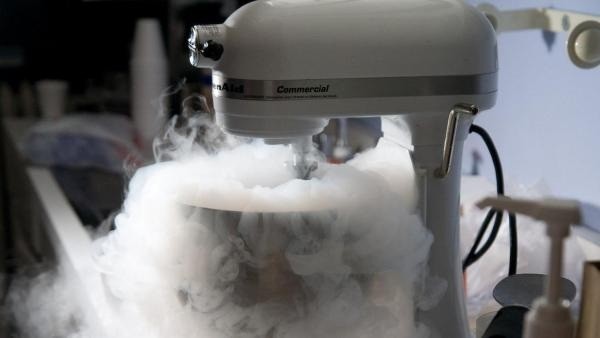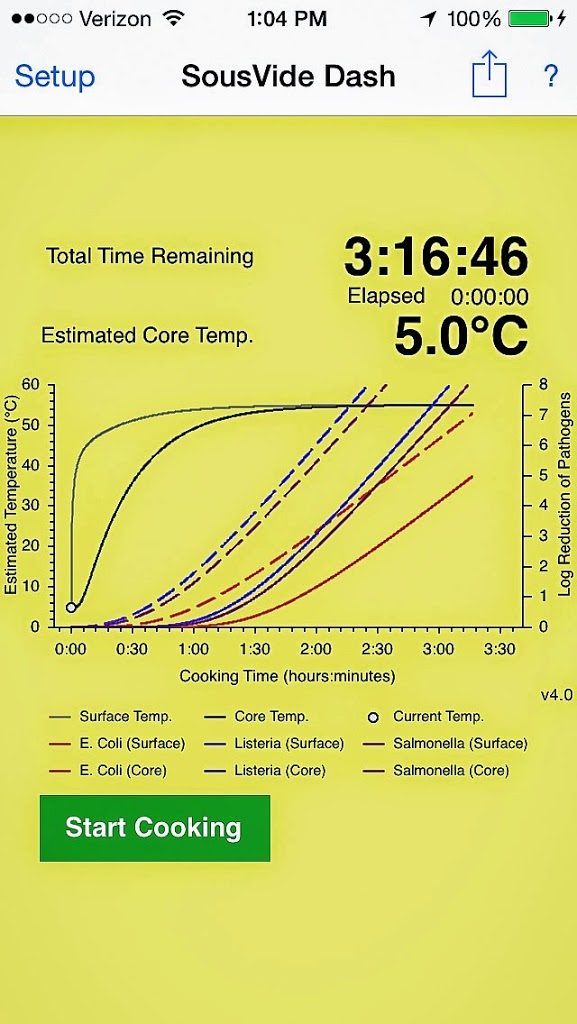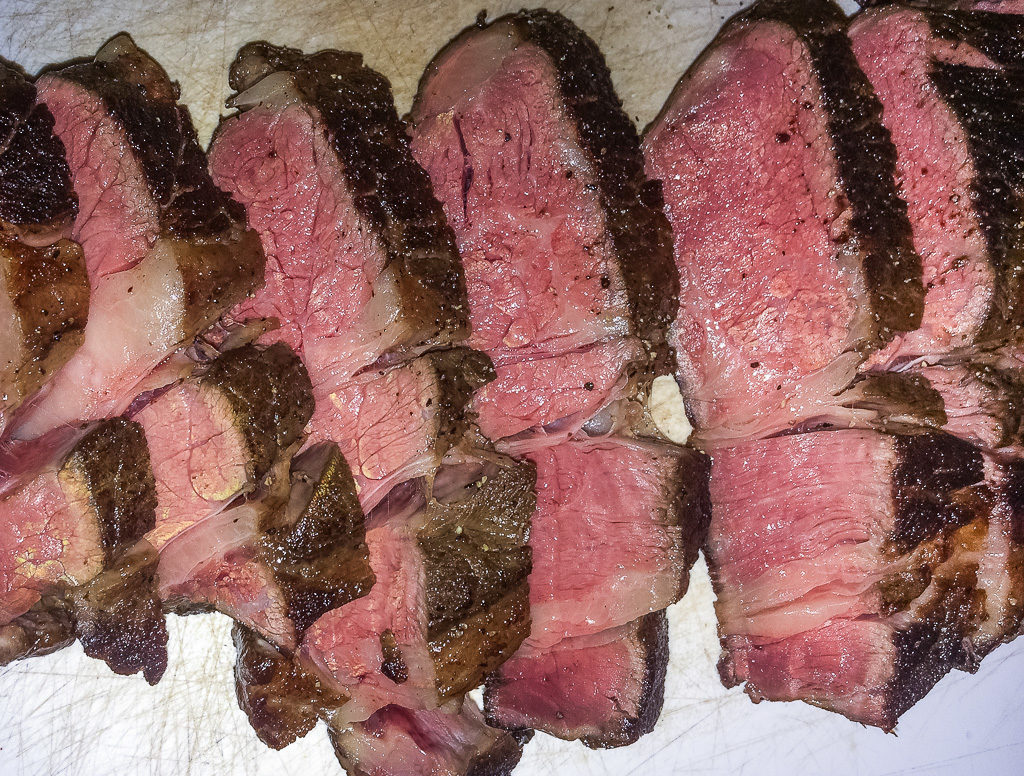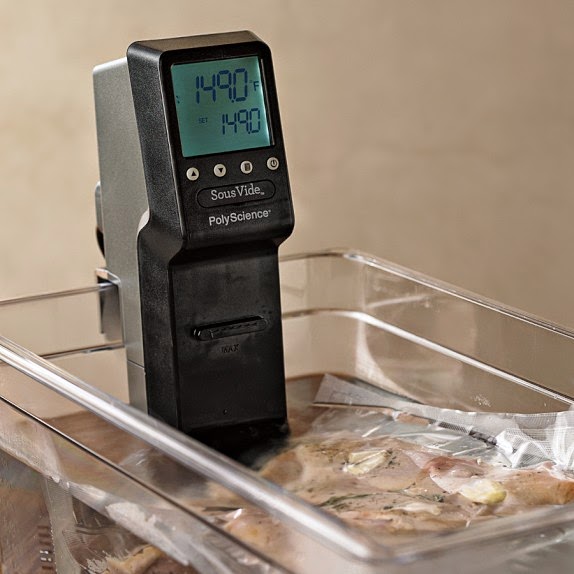Ice Cream Technique
So you have a formula. You have great ingredients. You have a digital scale1. You’ve measured everything. What next? Where’s the wand that turns these ungainly liquids and powders into magic? Every Ice cream process includes, at least, mixing, cooking, aging (in the fridge), and spinning (in an ice cream machine or some substitute). We’re going to expand on …





